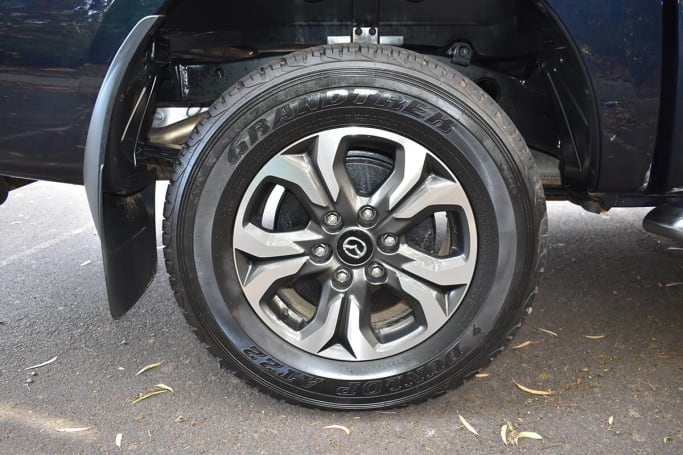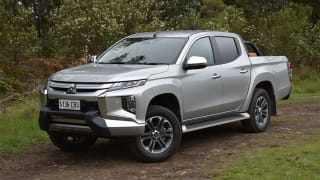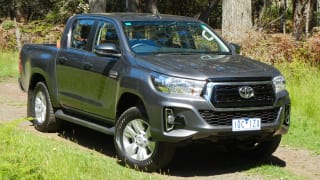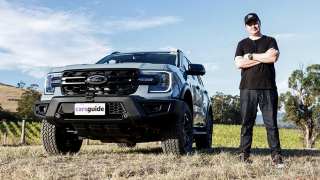Our test vehicle is the 4x4 dual cab XTR which with 3.2-litre five-cylinder turbo-diesel engine and six-speed torque converter automatic transmission has a list price of $54,950 plus ORC. That pricing slots neatly between lower-grade 4x4 dual cab auto equivalents like the Ford Ranger XLS ($51,890) and XLT ($58,840) or Toyota HiLux SR ($49,515) and SR5 ($57,240) model grades.
The XTR also splits the BT-50's base-grade XT ($49,840) and premium-grade GT ($58,830), offering a happy medium in price, extra features and a more upmarket look than the base model on which it's based.

So, for the $5110 extra spend over the XT, the XTR adds 17-inch alloy wheels with road-biased 265/65 R17 tyres and a full-size steel spare, chrome door handles, chrome power door mirrors and chrome rear-step bumper, tubular polished aluminium side-steps, halogen fog lights, auto on-off headlights and rain-sensing wipers.
Inside,there's a leather-wrapped steering wheel and gearshift knob, carpet, dual-zone climate control, auto-dimming rear-view mirror and 8.0-inch touchscreen with sat-nav (including off-road maps) for the infotainment system, which like the XT features Apple Car Play/Android Auto and multiple connectivity.


















